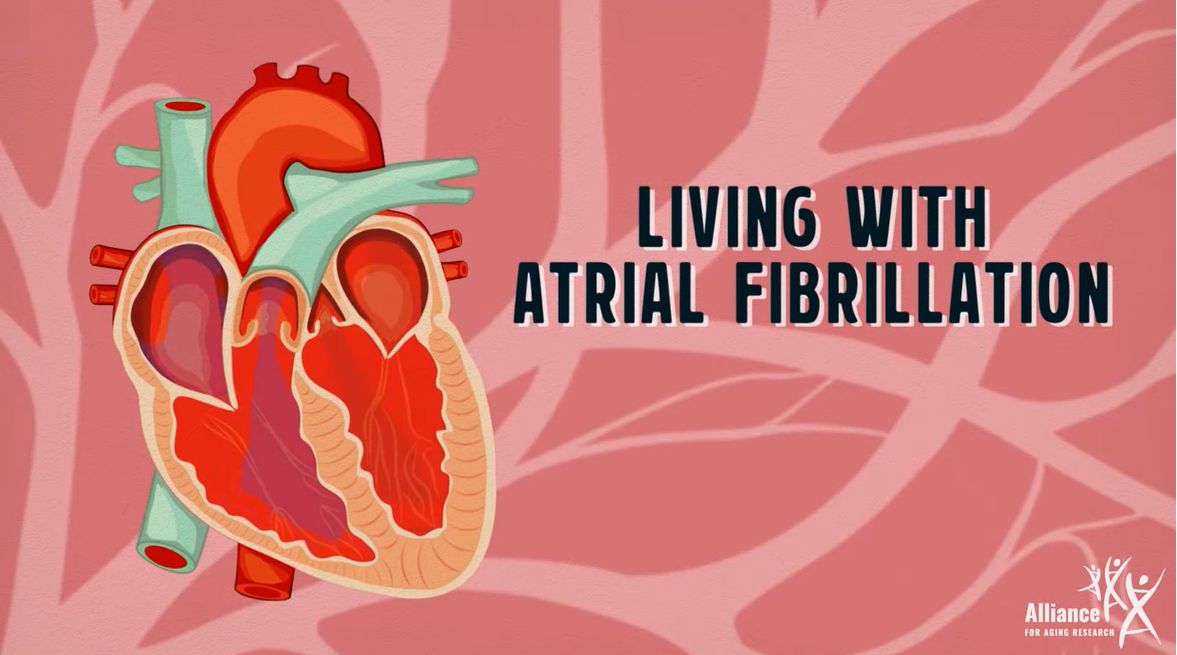The rate and rhythm of the heart is controlled by electrical signals that cause the heart to contract, or squeeze, in a coordinated manner and continuously circulate blood through the lungs and out to the rest of the body to deliver vital oxygen.
Living with Arrhythmias: What to Know When Your Heart is Out of Rhythm
Published May 20, 2019
Have you or a loved one ever experienced an irregular heart rhythm? If so, you know how frightening it can be—especially if you don’t know what’s causing it, or if it’s a sign of something serious or life-threatening. Irregular heart rhythms, or arrhythmias, occur when the heart’s electrical signals are abnormal—making it beat too fast, too slow, or in an uncoordinated manner. There are numerous types of arrhythmias. Some resolve on their own, while others need treatment.
This short film addresses the different types of arrhythmias, including, Paroxysmal supraventricular tachycardia (PSVT), which affects around 1.7 million people in the United States. Watch this short film to learn more about these arrhythmias, diagnosis, and treatment options.
Learn more at www.AgingResearch.org/Arrhythmias
Related Videos

Arteries—The Highways of Life: Protecting Them Against Atherosclerosis
Atherosclerotic cardiovascular diseases (ASCVD) include a range of diseases such as cerebrovascular disease, coronary heart disease, aortic atherosclerosis, and peripheral…
more.
Preventing Atrial Fibrillation (AFib) Related Strokes
Atrial fibrillation (AFib) is one of the most common types of arrhythmias—or irregular heartbeats—and causes the heart to…
more.
Living with Atrial Fibrillation (AFib)
Atrial fibrillation (AFib) is one of the most common types of arrhythmias—or irregular heartbeats—and causes the heart to…
more.